Explore the ‘Urban Heat Islands’ phenomenon — learn what causes these sweltering hotspots, their impact on communities and possible solutions to cool our cities down.
An urban heat island is a misleading term that sounds a little like a sought-after city-break destination. It is, however, far from a tropical oasis. Urban heat islands are man-made hot boxes that can actually be deadly.
The term urban heat island refers to how urbanized areas tend to get hotter than the surrounding areas. This is also known as an urban microclimate. It develops because urbanization destroys and changes the natural landscape in ways that cause these areas to heat up.
Whether you live in a metropolitan area or not, you should understand what an urban heat island is and how to reverse their effects to protect future generations. Let’s take a look.
Urban Heat Islands
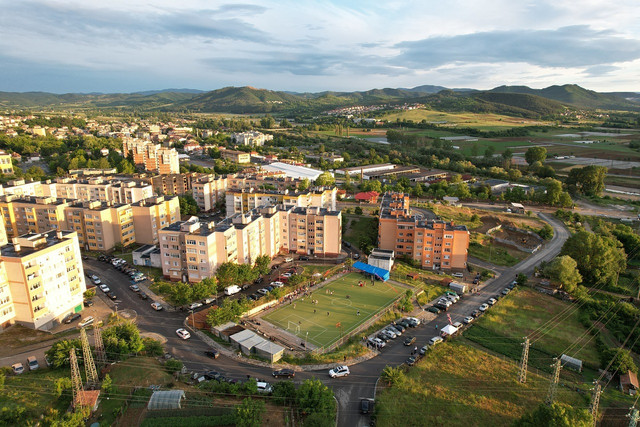
In 2021, more than 275 million Americans lived in urban areas — a 0.37% increase from the previous year. There has been a steady annual rise in urban populations worldwide. Urbanization, by its very nature, is usually followed by population increase. That means greater consumption, more buildings, infrastructure and man-made structures that alter and degrade the natural environment.
These industrial, production, commercial, building and population surges generate substantial heat emissions. They also reduce the amount of greenery, trees and vegetation — foliage that previously provided shade and water evaporation that lowers surface and air temperatures.
Then, there is a factor called albedo, which measures whether a surface reflects sunlight or absorbs and retains the sun’s heat. Urban landscapes display high levels of albedo.
Heat islands can pop up outside of built-up areas. Parking lots, playgrounds, buildings and structures with high albedo can all create a heat island effect, even in rural and suburban regions. Generally, built-up areas are at the greatest risk.
Large volumes of buildings, roads, pavement and other unnatural surfaces absorb and retain heat. Alongside albedo, large-scale building complexes near each other also reduce ventilation and trap heat inside.
This combination of factors creates an urban heat island.
You might be thinking so what? Turn up the air conditioning and get on with life. Unfortunately, it’s a little more complex than that. Despite cooling an interior down — more outdoor heat is a by-product of how air-conditioning works. In fact, during a heat wave, air conditioning from urban buildings can add 20% more heat to the outside air compared to typical summer weather.
So, our favorite cooling method is making the problem worse. Plus, more air conditioning means more energy consumption — which is just the tip of a quickly melting iceberg. Climate change and global warming will lead to more intense, frequent, severe, and longer heat waves during summer months — further exacerbating the urban heat island effect — which is not good news.
Urban Heat Island Effect
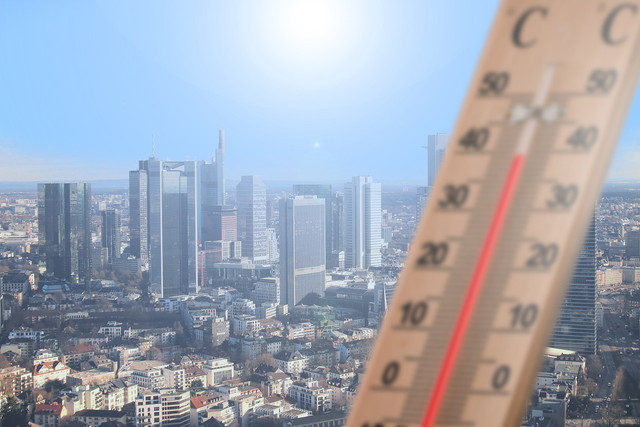


The urban heat island effect creates a climate anomaly that has a wide array of negative — and potentially devastating effects — that might threaten the very existence of urban survival. Researchers warn that the urban heat island effect will:
- Increase energy consumption and costs
- Increase air and water pollution levels
- Increase heat-related illness and mortality
- Increase emissions
- Increase energy poverty
Additional investigations indicate the urban heat island effect will also increase air temperature by up to 6°C in temperate climate cities, create dryer air conditions and influence regional/global climates. These researchers warn that:
- Air pollution acts as a greenhouse gas to trap urban heat, leading to a feedback loop between temperature and air quality.
- Local warming and air pollution reduce vegetation, habitats and ecosystems.
- Local temperature changes affect the diversity of urban flora and fauna — which will lead to even more invasive species in the US and more endangered species in the world.
- All of these factors will increase the risk of morbidity and mortality, damage the general economic health of the city, and further complicate inequity and social injustice issues.
Urban Heat Island Effect and Climate Change
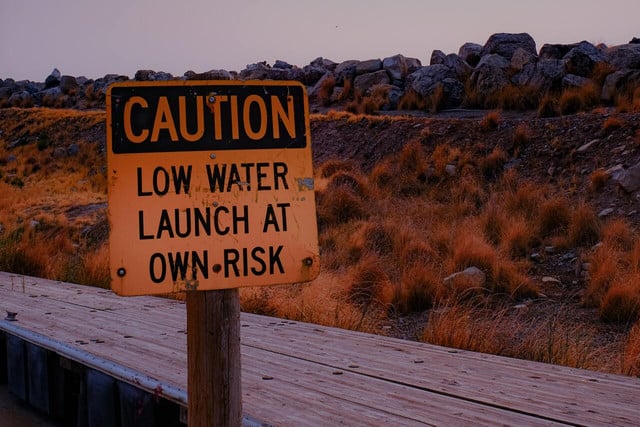


A combination of high heat and humidity can lead to a range of negative health effects — which are further exacerbated by climate-related extreme heat events. The urban heat island effect has actually been found to interact with heatwaves and amplify their impacts — which is not good news as we continue to heat up. 2022 was the 18th hottest year on record for the US and saw 18 weather and climate disasters that resulted in $165 billion in estimated damages.
An analysis of 246 US locations shows that:
- 180 (73%) experienced warmer temperatures in 2022 than during the previous 30-year normal period.
- Of those 180 locations, 65 experienced 2022 temperatures that were at least 1°F warmer than normal.
- Of 246 total locations analyzed, only 64 experienced 2022 temperatures that were cooler than normal.
Extreme heat events often affect our most vulnerable groups first. Federal statistics already show that extreme heat is already the leading cause of weather-related deaths in the US. Extreme heat — exacerbated by urban heat islands — will lead to increased respiratory difficulties, heat exhaustion, and heat stroke — among other disorders. Residents in high-temperature regions are also more likely to suffer from physical discomfort, insomnia, and heat cramps than those in cooler areas.
Land of the Free and Fire
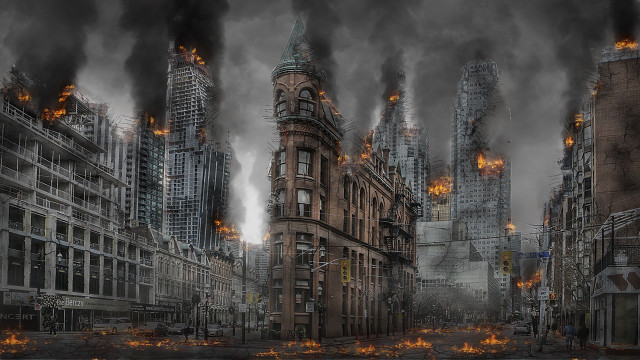


Many well-known cities across the globe — including Tokyo, London and Paris — are displaying the urban heat island effect. Here in the US, New Orleans has been ranked No. 1 for its heat islands by a new index and report by Climate Central — which has ranked 159 US cities as the most intense urban heat islands. The top ten rankings and reasons for this raking are as follows:
1. New Orleans — due to albedo and impermeable surface
2. Newark — due to impermeable surface, building height, population density
3. New York City — due to building height, impermeable surface, population density
4. Houston— due to impermeable surface and albedo
5. San Francisco — due to building height, impermeable surface, population density
6. Boston — due to building height, population density
7. Chicago — due to building height, impermeable surface, population density
8. Miami — due to building height, impermeable surface
9. Baltimore — due to building height, impermeable surface
10. Providence — due to building height, impermeable surface
Several of these cities are considered some of the greenest cities in the US. So what can we do?
Reversing the Urban Heat Island Effect
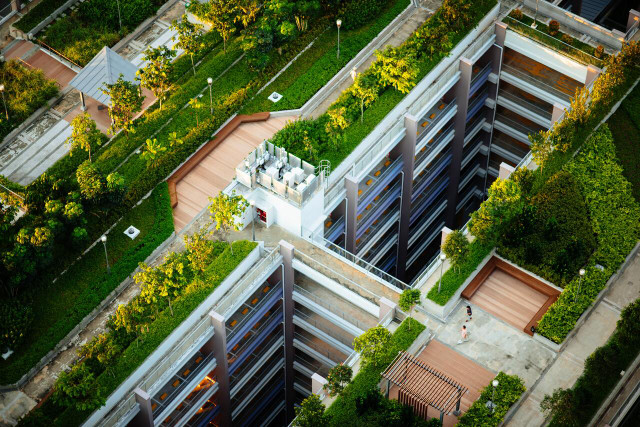


Using trees and vegetation is a vital, simple and effective part of the solution. According to the EPA, trees and vegetation will bring about:
- Reduced energy use as trees directly shade buildings and decrease demand for air conditioning.
- Improved air quality and lower greenhouse gas emissions by reducing energy demand.
- Decreased air pollution and greenhouse gas emissions as they remove air pollutants and store and sequester carbon dioxide.
- Enhanced stormwater management and water quality as vegetation reduces runoff and improves water quality by absorbing and filtering rainwater.
- Reduced pavement maintenance as tree shade can slow degradation of street pavement.
- Improved quality of life for residents as they provide aesthetic value, habitat for many species, and can reduce noise.
You can help reduce the urban heat island effect by getting involved in an agrihood or some Urban Gardening. Check out our article on The City Garden Movement for some inspiration. Every little helps, so even if you just find some plants for your balcony — you’ll be making a difference.
Understanding green and sustainable building materials and why they are important will help reduce the climate-related contribution too. There are already some awesome examples of green architecture in the US and more will help reduce the urban heat island effect. Green roofs, cool roofs and cold pavements are all designed to reflect heat and reduce urban temperatures. These and other solutions are being investigated.
In July 2022, NOAA launched Heat.gov, a new website to provide the public, decision-makers and the news media with clear, timely and science-based information to understand and reduce the health risks of extreme heat. On its homepage, Heat.gov gives real time updates on what percentage of the country is under extreme heat, advisories, watches and warnings. If you are concerned, check out the website for practical advice and tips.
Learn more about different types of pollution and how to combat them:
- What Is Noise Pollution? 5 Examples and Solutions
- Clearing the Air: 11 Simple Solutions to Air Pollution in Cities
- What Makes Black Plastic an Environmental Nightmare?
- What Is Light Pollution? Definition, Causes and Impact
- 10 Solutions to Water Pollution in Our Daily Lives
- The Top 5 Human Activities That Contribute to Air Pollution
- What Causes Ocean Acidification? Can It Be Reversed?
Read more:
- Urban Camping for Beginners: Where, How and Best Spots
- Suburban Sprawl: Definition, Problems and Solutions
- Why Traditional Ecological Knowledge Is Crucial
Do you like this post?









